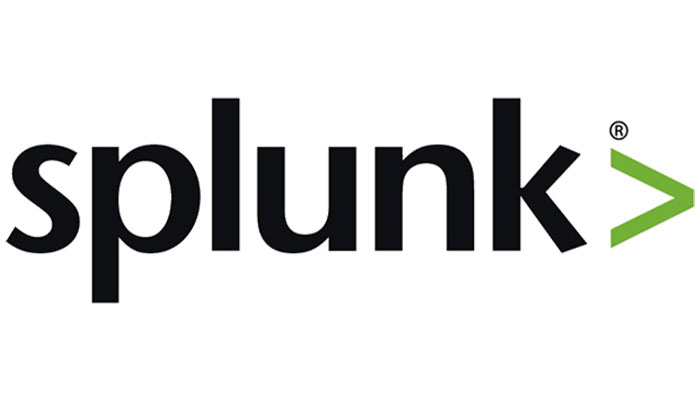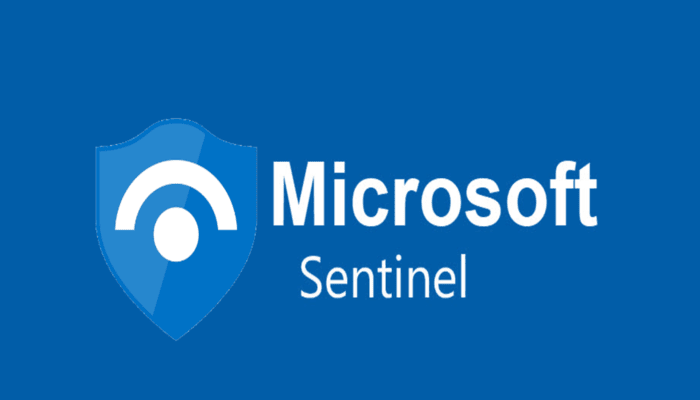15
+
YEARS OF
EXPERIENCE
1000
+
SUCCESSFUL
Projects
80
+
Satisfied
Clients

In recent times, the cybersecurity landscape has seen a meaningful shift as more organizations reconsider their SIEM solutions, with many opting to move away from Splunk in favor of Microsoft Sentinel. This transformation marks a pivotal moment shaped by evolving business needs, technological advancements, and cost considerations. Understanding why Splunk is loosing customers to Sentinel is essential for IT professionals seeking the most efficient and scalable security infrastructure. In this article, we explore the reasons behind this migration, the benefits that Sentinel offers, and how organizations can best approach this transition to enhance their cybersecurity posture.
Why Splunk Is Loosing Customers to Sentinel: Understanding the Market Shift
Splunk has long been acknowledged as a leader in the SIEM market, renowned for its powerful data analytics, flexible log management, and mature threat detection capabilities. Though, several factors have contributed to a gradual loss of customer confidence, prompting organizations to explore alternatives like Microsoft Sentinel. One of the primary reasons is the escalating cost structure associated with Splunk’s licensing model, which can become prohibitively expensive as data volume grows. In contrast, Microsoft Sentinel’s cloud-native architecture, combined with its consumption-based pricing model, allows customers to scale security operations without incurring unexpected budget overruns.
Moreover, Microsoft Sentinel’s seamless integration with the Azure Cloud ecosystem provides a significant advantage for businesses already invested in Microsoft technologies. This native connectivity simplifies deployment and maintenance while enhancing threat intelligence through built-in AI and automation features. Many organizations also appreciate Sentinel’s modernization approach, which includes a lower barrier to entry and faster time to value compared to the often resource-intensive Splunk deployments. as enterprises increasingly prioritize agility, cost efficiency, and broader cloud integration in their security solutions, the appeal of sentinel continues to grow, explaining why Splunk is loosing customers to Sentinel in a competitive market landscape.







Evaluating the Impact of Splunk Loosing Customers to Sentinel on IT Operations
The migration from Splunk to Microsoft Sentinel is not merely a vendor switch but represents a strategic shift in how organizations approach security management. Enterprises that choose Sentinel benefit from its cloud-native design, which removes the complexity of managing on-premises infrastructure and reduces operational overhead. This transition enables security teams to focus more on proactive threat hunting and less on system governance. Additionally, Sentinel leverages Microsoft’s extensive security graph and AI-driven analytics, providing enriched security insights and faster incident response.
However, the journey comes with challenges. Data migration from Splunk to Sentinel requires careful planning to avoid data loss or operational disruptions. Enterprises must also retrain their security analysts to utilize Sentinel’s unique interfaces and workflows. Despite these hurdles, the flexibility and cost advantages often justify the transition. Moreover, Sentinel’s emphasis on automation reduces alert fatigue by correlating events and prioritizing high-risk threats, which enhances overall security efficacy.
For organizations looking to future-proof their security operations, embracing Sentinel means tapping into continuous innovation and reducing reliance on legacy systems. As a Microsoft-managed service, Sentinel receives regular feature updates that enhance threat detection capabilities without the need for manual patching or upgrades. The ease of integrating Sentinel with other Microsoft 365 and cloud services also streamlines compliance and auditing processes.
Cloud Technologies advocates guiding clients through this transition with a focus on strategic alignment and minimizing disruption. If your institution is exploring options for upgrading its SIEM infrastructure, our team recommends a thorough evaluation of your current environment alongside potential Sentinel deployments. For more insights on secure cloud migration, explore our Cloud Migration Services.

Organizations shifting to Sentinel report enhanced visibility and improved operational efficiency within weeks of deployment. The platform’s intuitive dashboards provide clear, actionable insights that empower security teams to respond swiftly to emerging threats. Moreover, Sentinel’s automated incident response capabilities reduce manual effort, helping to maintain resilience against cyberattacks. As the market evolves, embracing such innovative solutions becomes not just beneficial but necessary.
Case Studies on Splunk Loosing Customers to Sentinel: Real-World Experiences and Outcomes
Several high-profile enterprises have publicly documented their prosperous migration from Splunk to Microsoft Sentinel, providing valuable case studies that shine a light on the transition process and benefits. One notable case involved a multinational manufacturing firm seeking to reduce SIEM costs while improving security coverage. After switching to Sentinel, the company reported up to a 40% reduction in operational expenses, facilitated by Sentinel’s pay-as-you-go pricing and lack of infrastructure overhead. additionally, the integration with Azure Active Directory enhanced identity protection and compliance adherence.
Another example comes from a large financial services provider grappling with enormous volumes of log data that strained their Splunk environment. Migrating to Sentinel delivered scalable ingestion and faster query processing that better matched their data growth patterns. Furthermore, the use of Microsoft’s security intelligence enabled the proactive detection of threats that had previously gone unnoticed, improving overall risk management.
Though the migration journey is not devoid of challenges—such as data normalization and adjusting to new alerting models—these case studies highlight the importance of partnering with experienced professionals who provide end-to-end support. At Cloud Technologies, our experts have facilitated numerous Sentinel deployments, ensuring workflows are optimized, data integrity is preserved, and security teams are fully trained.
If your company seeks expert guidance on SIEM transformation, connect with our specialists via our contact us page for a personalized consultation tailored to your industry’s needs.

answer time
satisfaction
score
on initial call
same business
day
Navigating the Future of Enterprise Security Beyond Splunk and Sentinel
As the cybersecurity landscape continues to evolve, enterprises must remain vigilant and agile in selecting platforms that provide comprehensive, scalable, and cost-efficient solutions. While Splunk once dominated the SIEM domain, the rise of Microsoft Sentinel signals a broader shift towards cloud-native, AI-enhanced security operations. Organizations must assess their current capabilities, expected growth trajectories, and integration requirements to make informed decisions about their security ecosystems.
TechCloud IT Services L.L.C, trading as Cloud Technologies, is committed to supporting businesses through this transformative era with expert advice, tailored migration strategies, and ongoing support. We believe the future of security lies in innovation, automation, and seamless integration. If you are evaluating your SIEM strategy or considering transitioning to Microsoft Sentinel, we encourage you to connect with us. Our team will help you harness the full potential of cutting-edge security tools while ensuring business continuity and regulatory compliance.
The decision to shift from Splunk to Sentinel is not just about technology—it’s about adapting your organization’s cybersecurity mindset to stay ahead of emerging threats and operational challenges. Together, we can pave the way to a safer, more efficient digital future.


